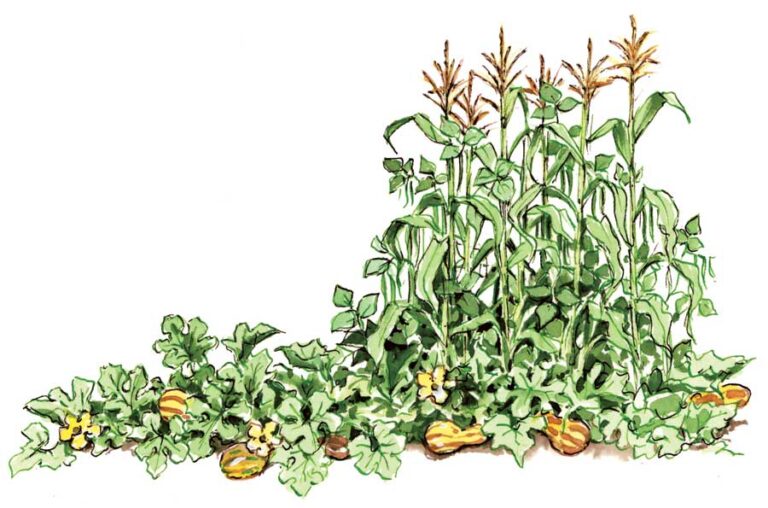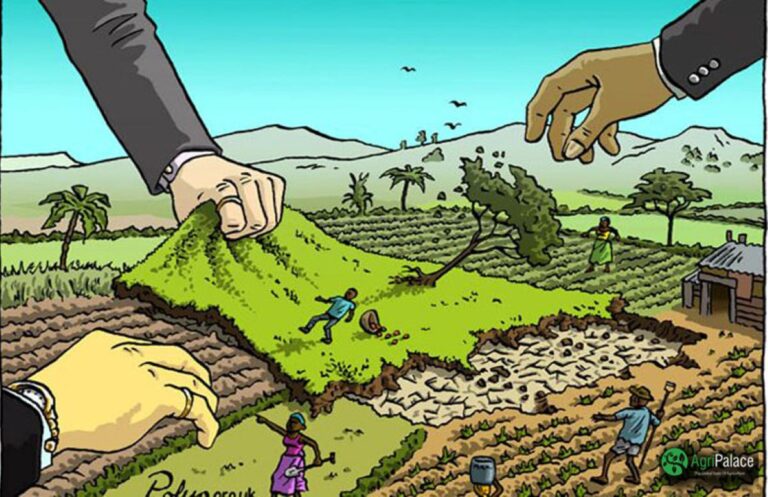what does organic really mean?
The word organic is popping up everywhere. Organic milk, strawberries, and tomatoes. Organic cotton and organic pet food. These items are undoubtedly more expensive than their conventional counterparts and they are often stigmatized as being yuppie products or just another marketing scheme. Organic products have also been recognized as being healthier and more environmentally-friendly. But…



